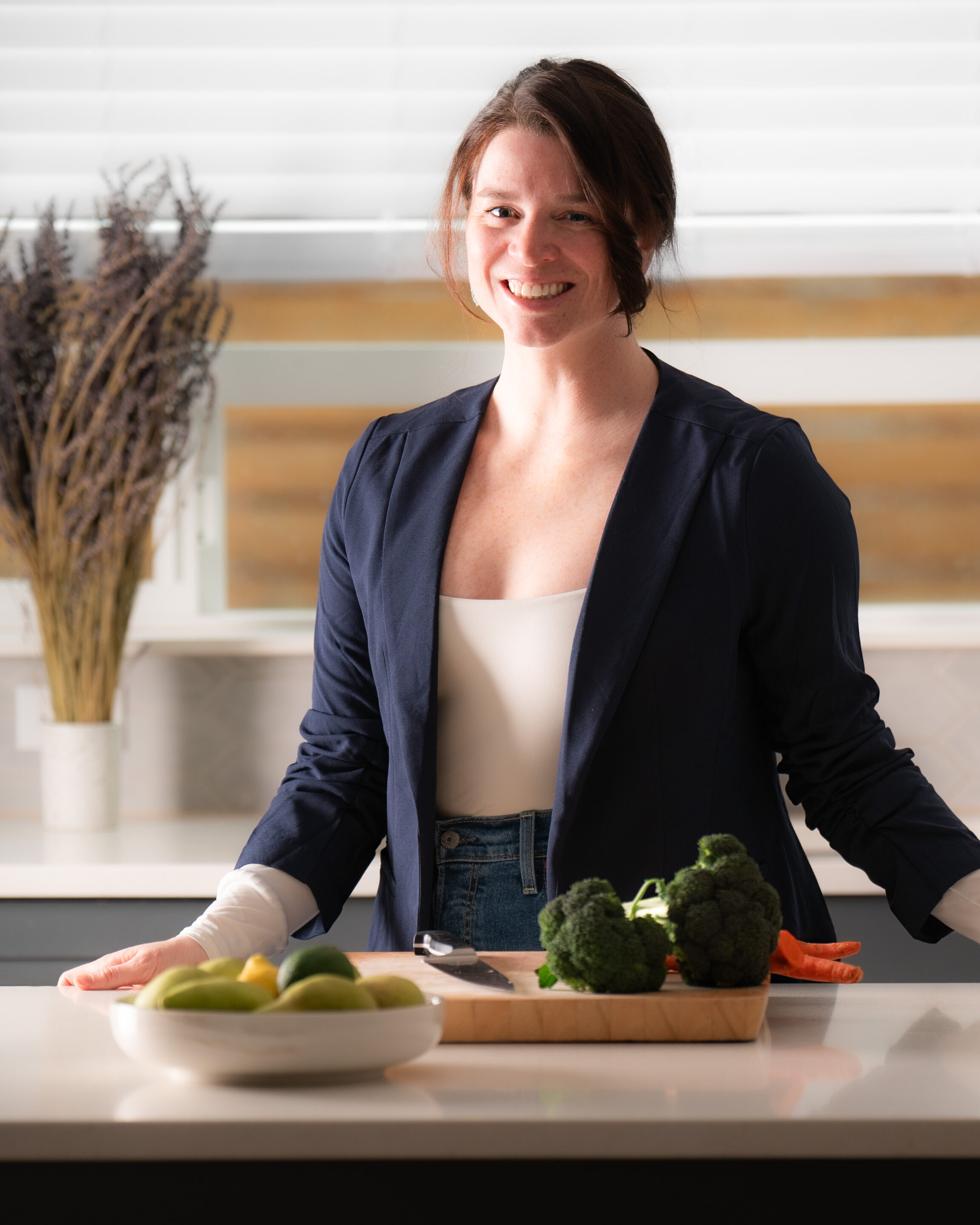Published: January 6, 2025
Last updated: May 2, 2025
10 High-Protein Plant-Based Foods and How to Use Them
Incorporating enough protein into a plant-based or flexitarian lifestyle is easier than it’s ever been.
Looking to boost your protein while eating more plants? These 10 high-protein foods are perfect for a flexitarian lifestyle, easy to prep, full of flavor, and great for everything from quick lunches to hearty dinners. I’ll share how much protein each one contains and how I use them in real recipes.
Why Protein Is Important
Protein is an important nutrient that helps your body build and repair muscles. It also supports other vital functions, like making enzymes and hormones, that keep your body healthy.
Eating enough protein can help you feel full and keep your energy steady throughout the day. Plus, protein-rich foods make meals more flavorful and satisfying. More on plant-based proteins in my article Myths About Plant-Based Proteins: What You Need to Know.
Keep reading to learn about 10 delicious protein-packed foods you’ll want to add to your meals!
1. Lentils
Protein: ~8–9g per 1/2 cup cooked.
Lentils are a kitchen staple because they can be used in a wide variety of dishes. They add heartiness to soups and stews, work beautifully as a protein-packed base for warm grain bowls or salads, and can even be mashed into veggie burger patties.
Pro Tip: Use red lentils for creamy soups or green lentils for salads.
Recipes:
2. Edamame
Protein: ~9g per 1/2 cup cooked.
Enjoy it straight out of the pod as a quick, satisfying snack with a sprinkle of sea salt, or toss the shelled beans into stir-fries and grain bowls for an extra boost of protein. They also make a great addition to salads, adding both texture and a vibrant pop of green.
Pro Tip: Roast shelled edamame for a crunchy snack.
3. Chia Seeds
Protein: ~10g per 1/2 cup dry.
Their ability to absorb liquid makes them perfect for creating creamy chia puddings, a healthy and customizable breakfast or dessert. Blend them into smoothies for an effortless protein and fiber boost, or sprinkle them on oatmeal, yogurt, or toast for added crunch. Chia seeds can also thicken sauces, soups, or jams without altering the flavor.
Pro Tip: Use them as an egg substitute in baking (1 tbsp chia + 2.5 tbsp water). Additionally, nuts and seeds are nutrient-dense, offering healthy fats and protein, but they’re also calorie-rich, so it’s important to enjoy them in portions that fit your goals.
Aricles:
4. Sunflower Seeds
Protein: ~12g per 1/2 cup roasted.
Sprinkle them on salads for a satisfying texture or mix them into granola, trail mix, or baked goods like muffins for an extra protein boost. Their nutty flavor also makes them a great topping for soups or roasted vegetables.
Pro Tip: Toast lightly for enhanced flavor and aroma.
5. Baked Tofu
Protein: 10–12g per 1/2 cup.
Baked tofu is incredibly versatile, working well in stir-fries, grain bowls, or sandwiches. You can crumble it for tacos or scrambles, fry or air-fry it for a crispy texture, or freeze it for a firmer bite. With varieties like silken tofu for creamy dishes, firm tofu for grilling or roasting, and tofu skin for wraps, there’s a type for every recipe.
Pro Tip: For maximum flavor, marinate tofu before baking, or save time by purchasing pre-baked tofu!
Here are my favorite pre-baked tofu brands:
Recipes:
6. Peanuts
Protein: ~13–14g per 1/2 cup roasted.
Enjoy them as a crunchy snack, blend them into creamy peanut butter, or use them to make rich satay sauces for stir-fries or noodle dishes. Add them to baked goods like cookies or energy bars, sprinkle them on salads or grain bowls, or toss them into trail mix for an easy on-the-go option.
Pro Tip: Use unsalted peanuts for better control over sodium content in recipes.
Recipes:
- Easy Vietnamese Inspired Peanut Sauce For Noodles
- The Best Homemade Vanilla Cinnamon Peanut Butter
- Healthy Peanut Paradise Tropical Smoothie Café Copycat
7. Hemp Seeds
Protein: ~14g per 1/2 cup shelled.
Their mild, nutty flavor makes them perfect for sprinkling on salads, oatmeal, or yogurt, while also blending seamlessly into smoothies for a protein boost. Stir them into baked goods like muffins or energy bars, or use them to create creamy, plant-based sauces and dressings.
Pro Tip: Mix with olive oil, lemon, and herbs for a high-protein salad dressing.
8. Seitan (Vital Wheat Gluten)
Protein: ~15g per 1/2 cup cooked.
Seitan, often called “wheat meat,” is a versatile and protein-rich option for plant-based cooking. Its chewy texture makes it a perfect substitute for meat in dishes like stir-fries, fajitas, or grilled skewers.
Pro Tip: Slice thinly and pan-fry for a crispy texture.
9. Tempeh
Protein: 15–16g per 1/2 cup.
Its firm texture holds up well to grilling, baking, or pan-frying, and it easily absorbs marinades, making it perfect for bold, flavorful recipes. Crumble it for tacos, chili, or pasta sauces, or slice it for stir-fries and sandwiches.
Pro Tip: Steam before cooking to reduce bitterness.
10. Pumpkin Seeds
Protein: ~19g per 1/2 cup roasted.
Pumpkin seeds are the highest in protein on this list, making them a standout addition to both savory and sweet dishes. Sprinkle them on soups, salads, or roasted vegetables for a crunchy topping, or mix them into granola, trail mix, or baked goods for added texture and flavor.
Pro Tip: Roast with spices like paprika and cumin for a savory snack.
Wrapping Up
By incorporating these high-protein foods into your flexitarian lifestyle, you can enjoy nutritious, delicious meals while balancing plant-based and occasional animal products. Ready to take your meals to the next level? Explore my recipe collection for creative ways to use these protein-packed ingredients!
More Articles
Building a Balanced Plate with Plants
Guide to Plant-Based Proteins Sources: What You Need to Know
Myths About Plant-Based Proteins: What You Need to Know
Healthy High-Protein Mocha Madness Recipe (Better Than the Original!)
Hi, I’m Sarah Harper, a Registered Dietitian Nutritionist passionate about cooking, eating, and sharing all things food! At The Addy Bean, you’ll find a variety of flexitarian recipes designed to inspire and empower you to explore the delicious world of plant-based eating. My mission is to make plant-forward meals approachable, enjoyable, and part of your everyday life!












0 Comments